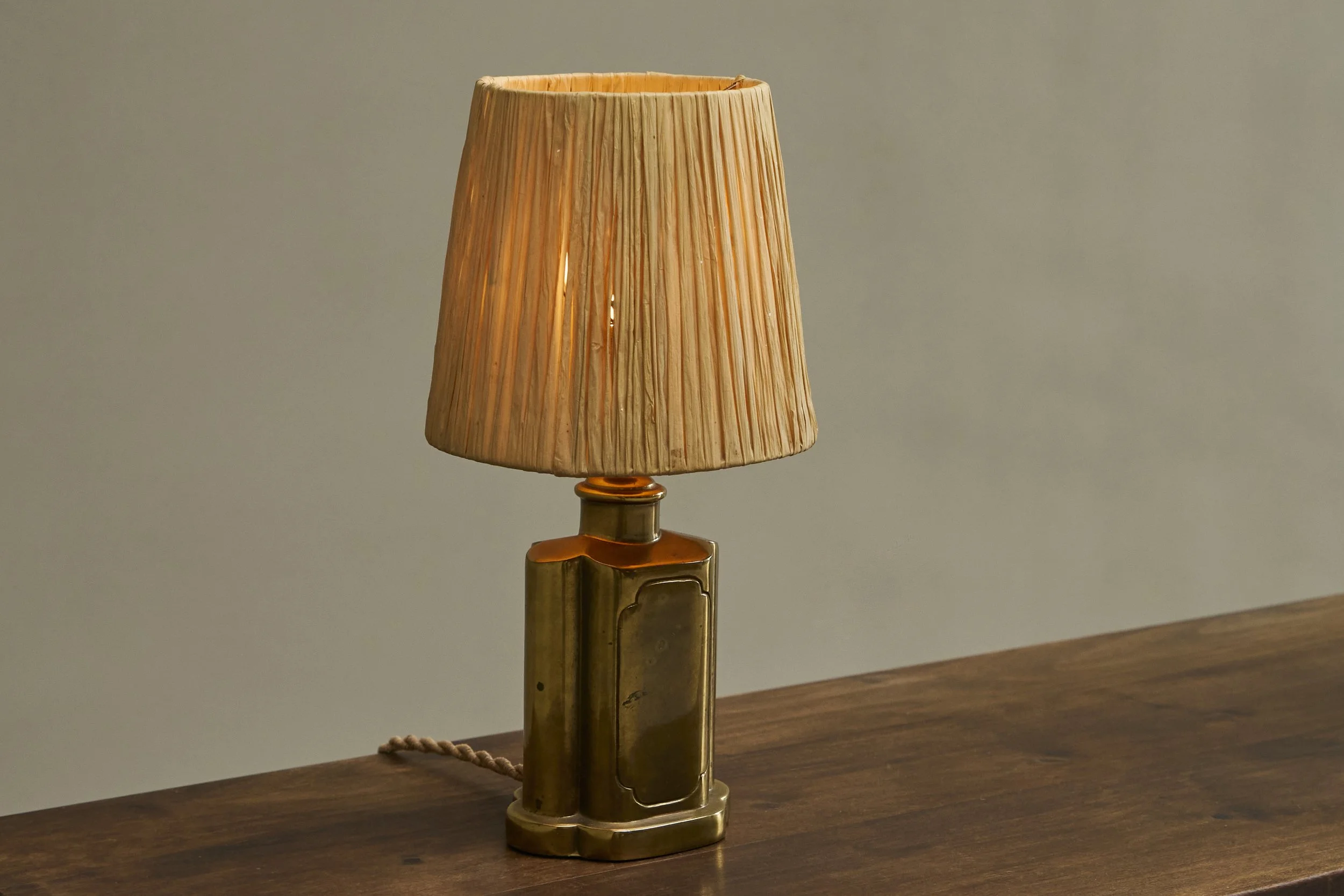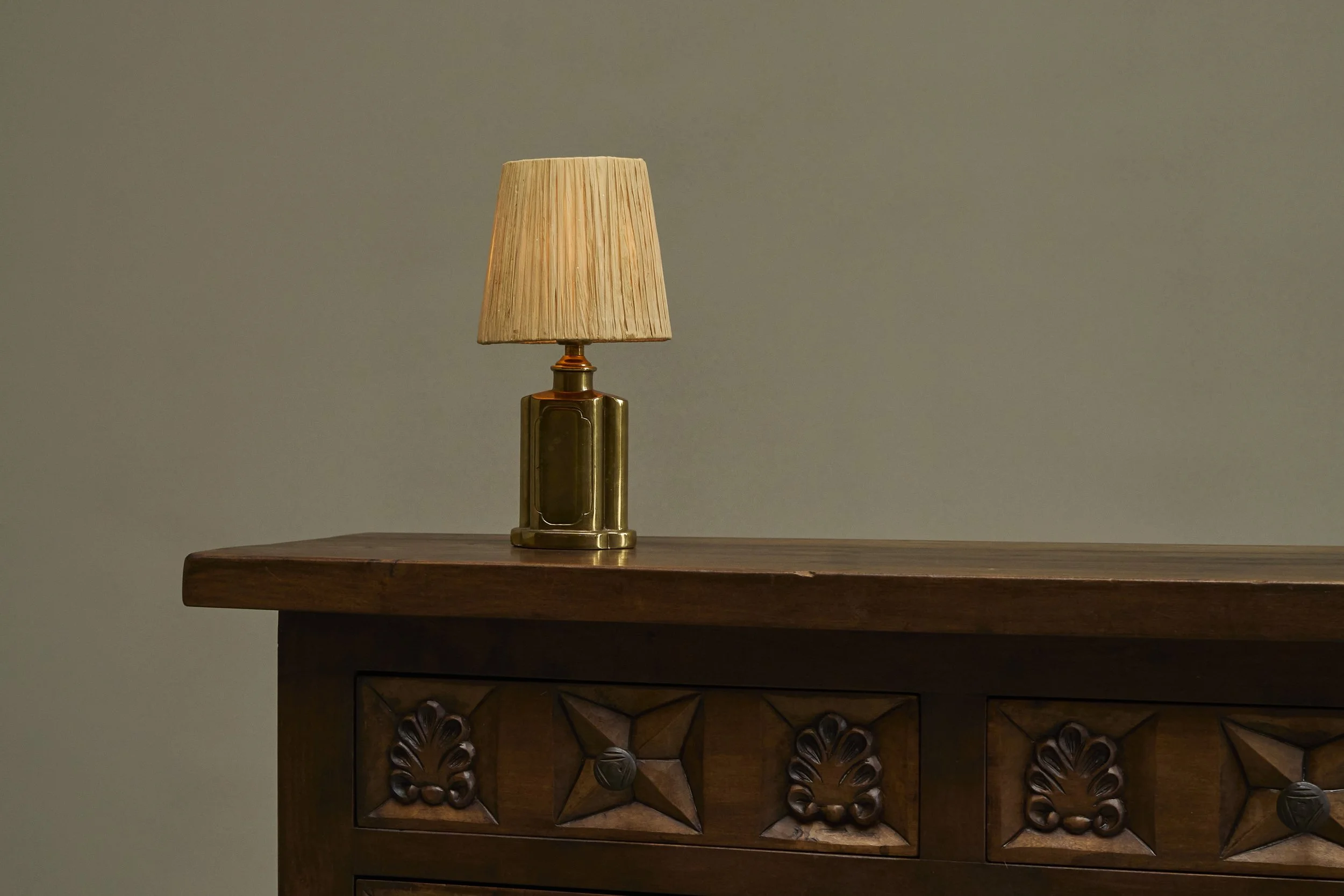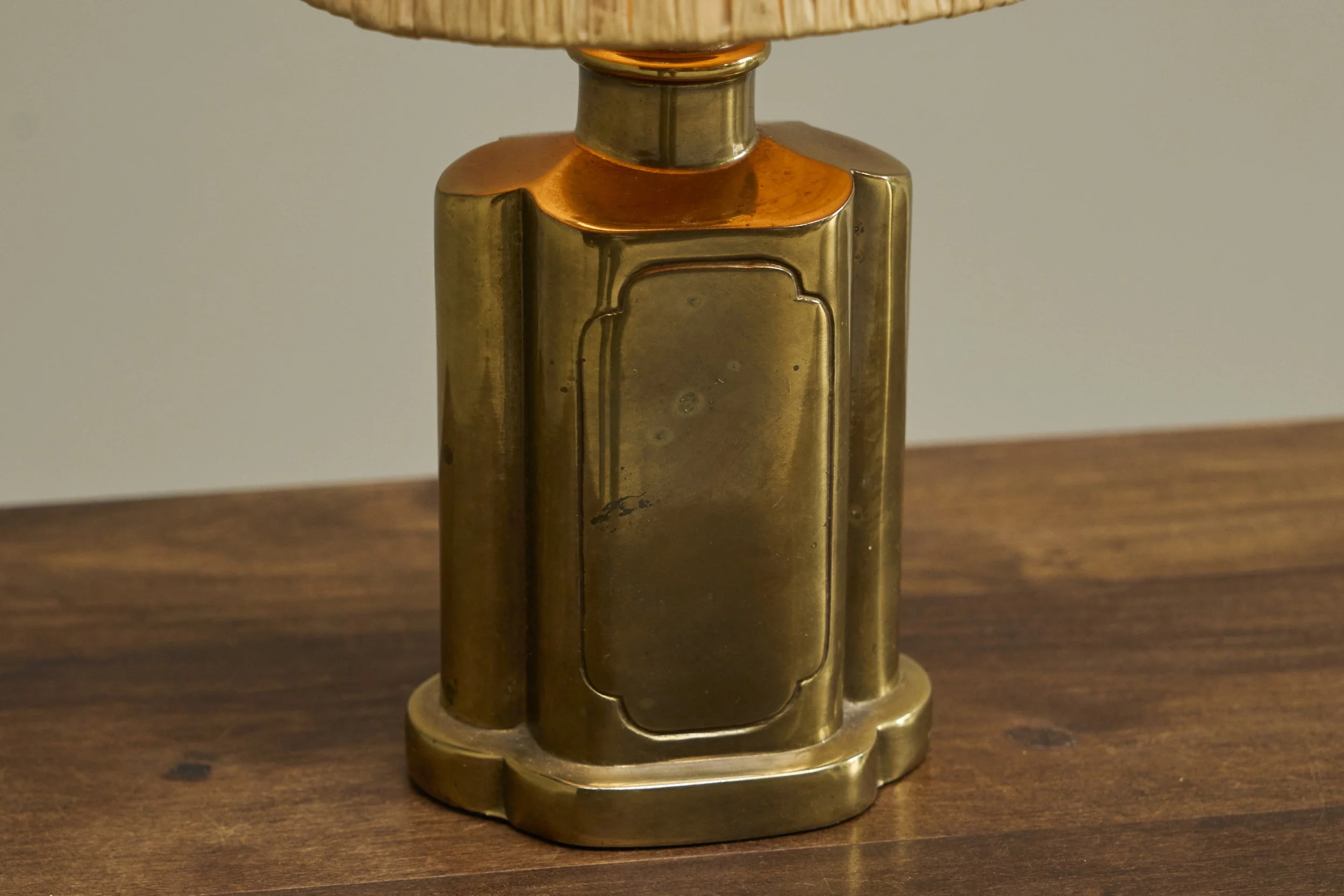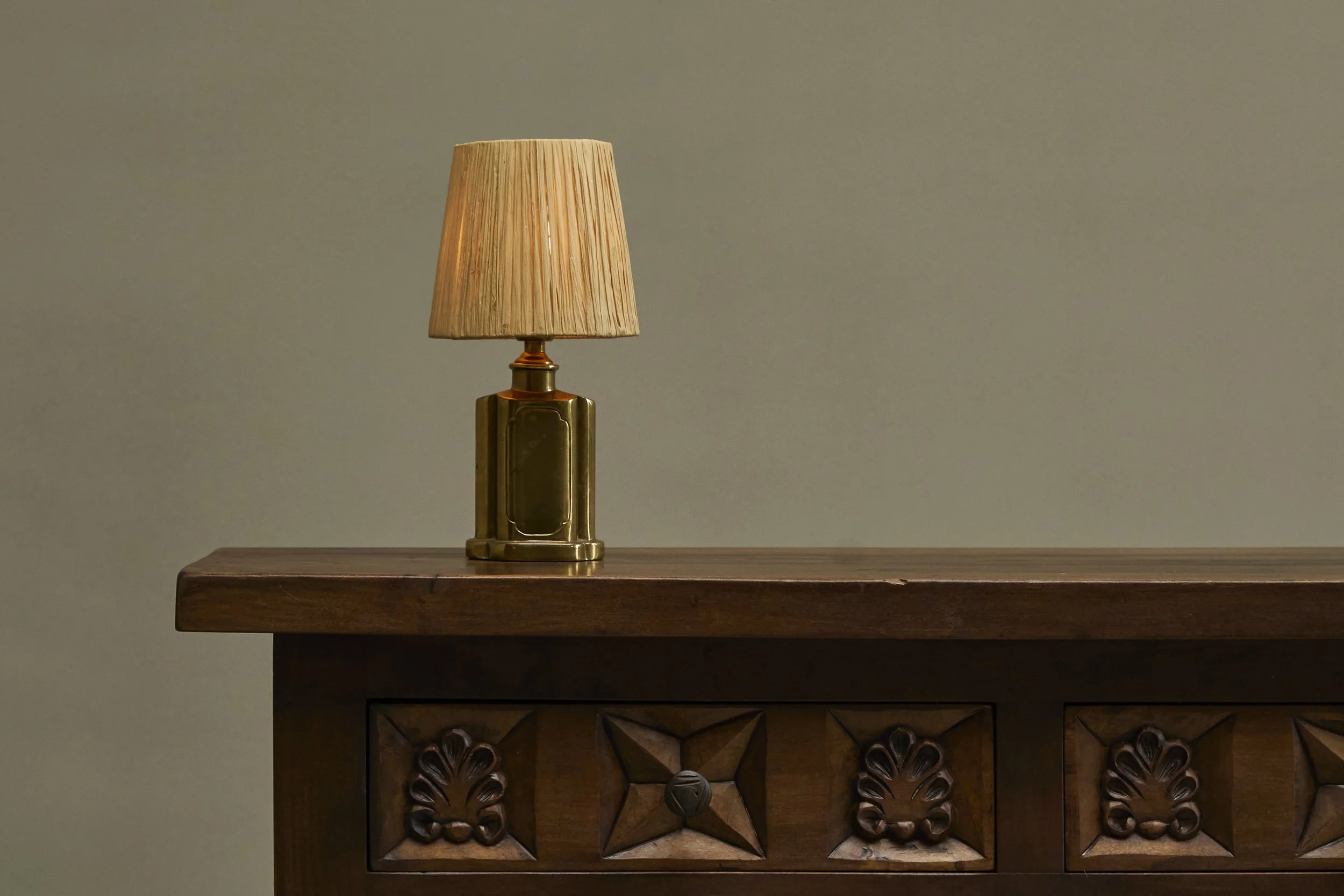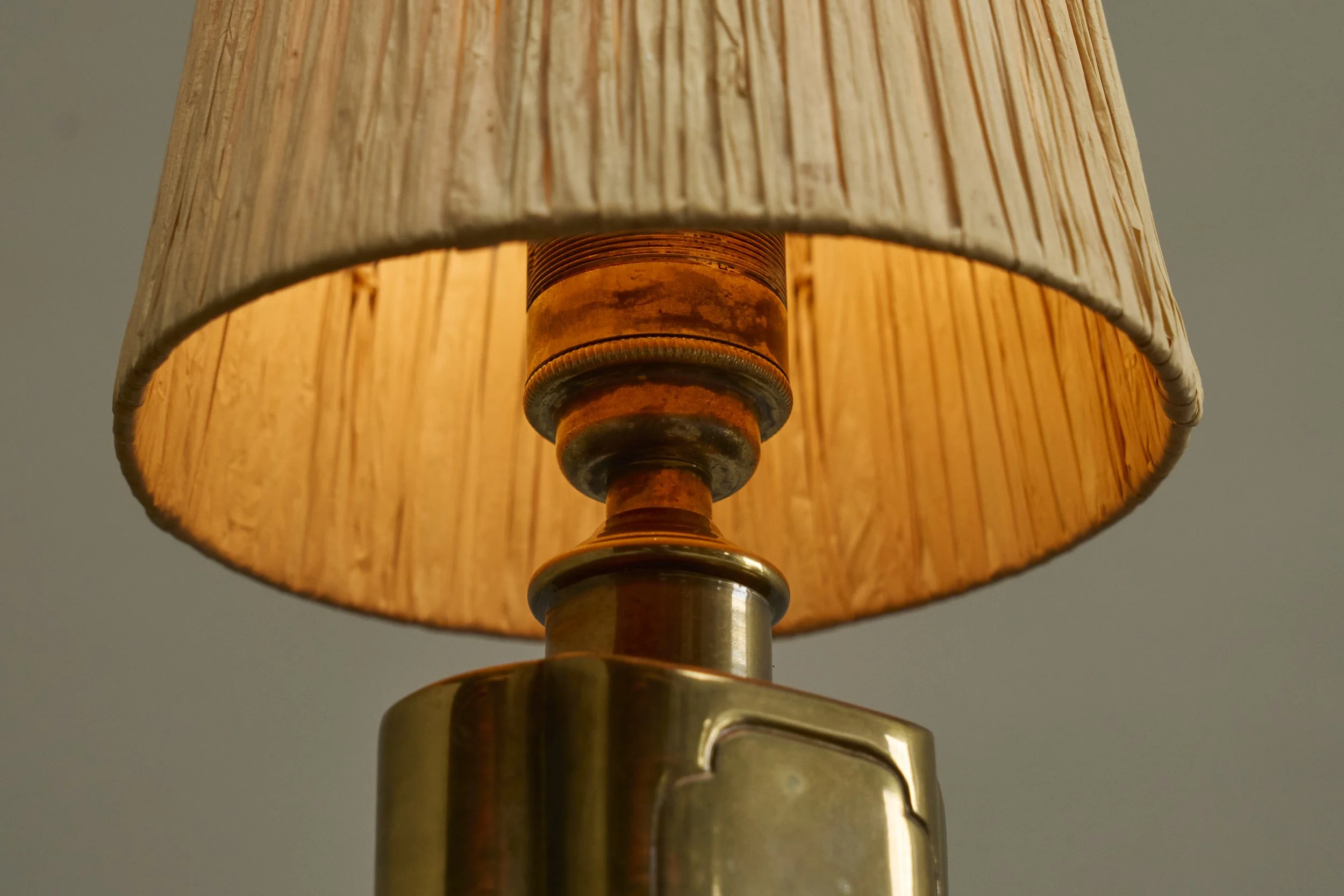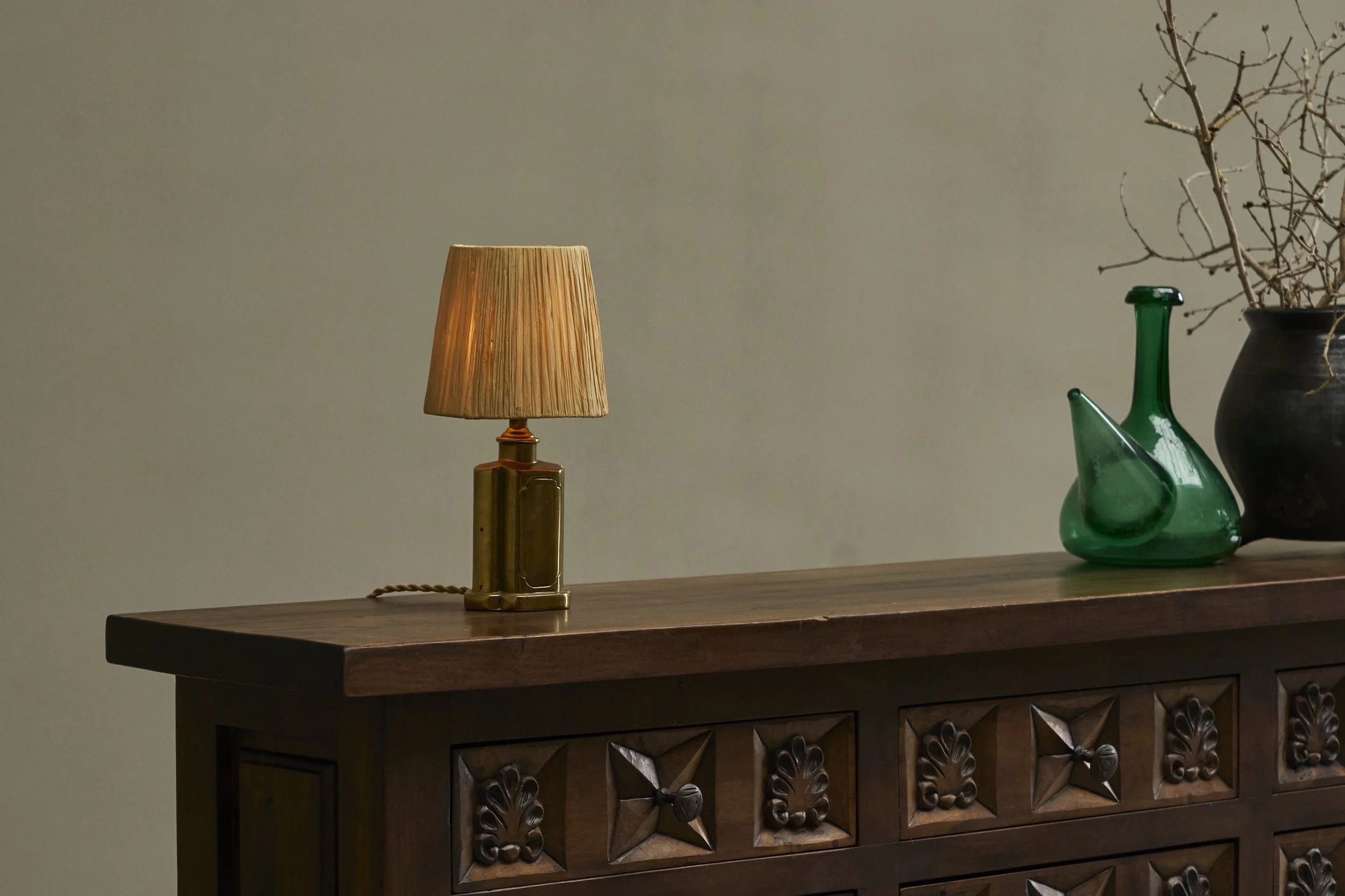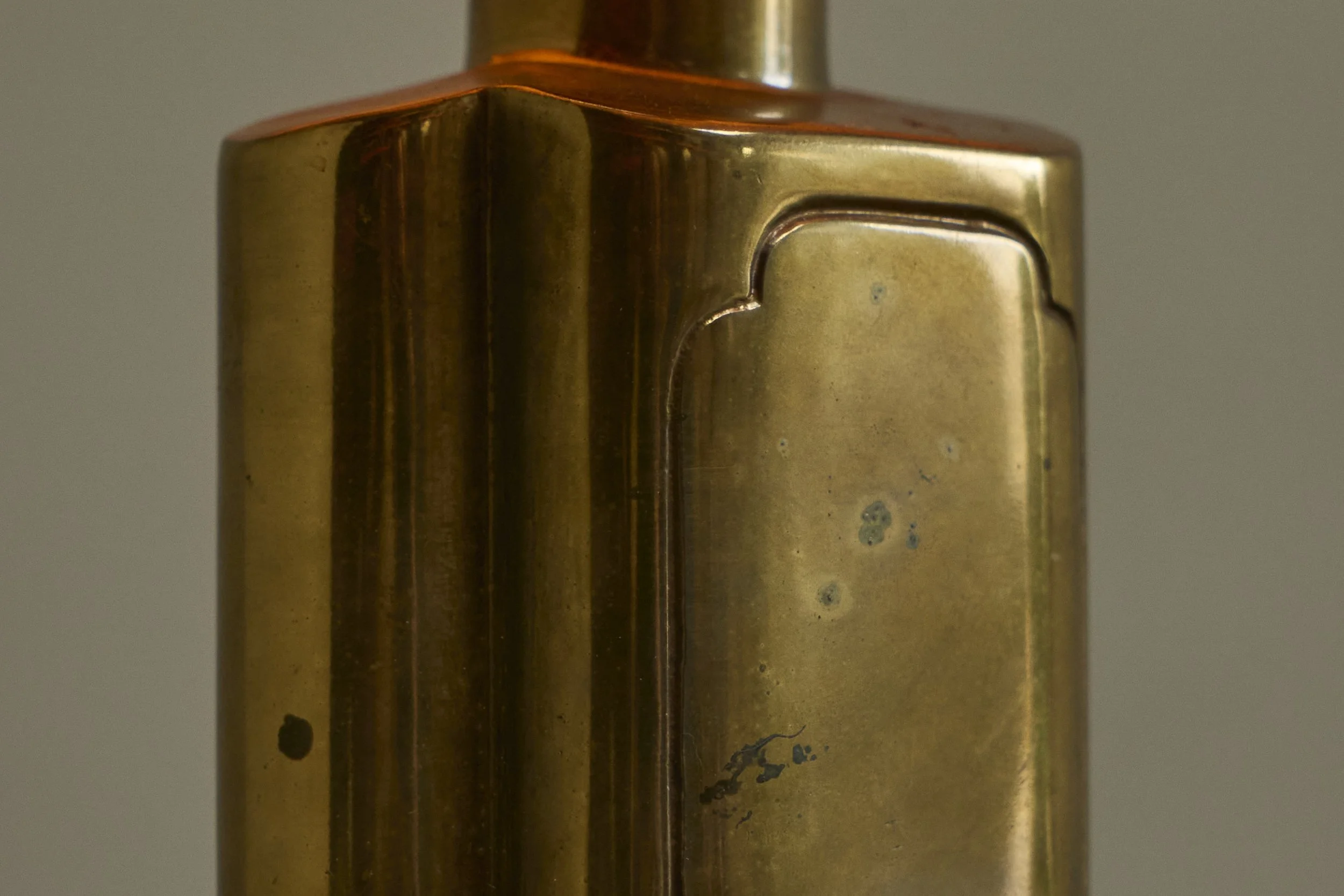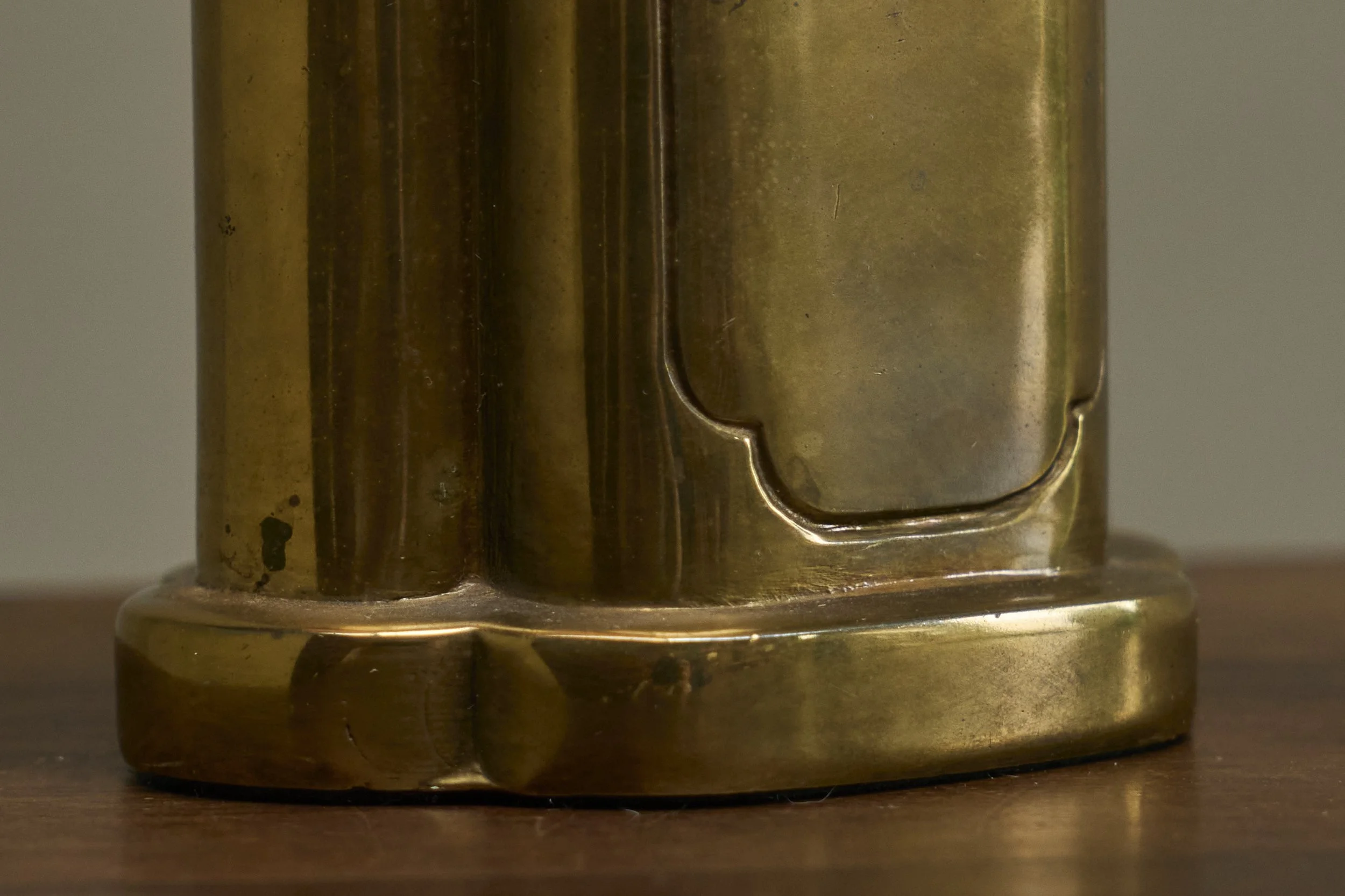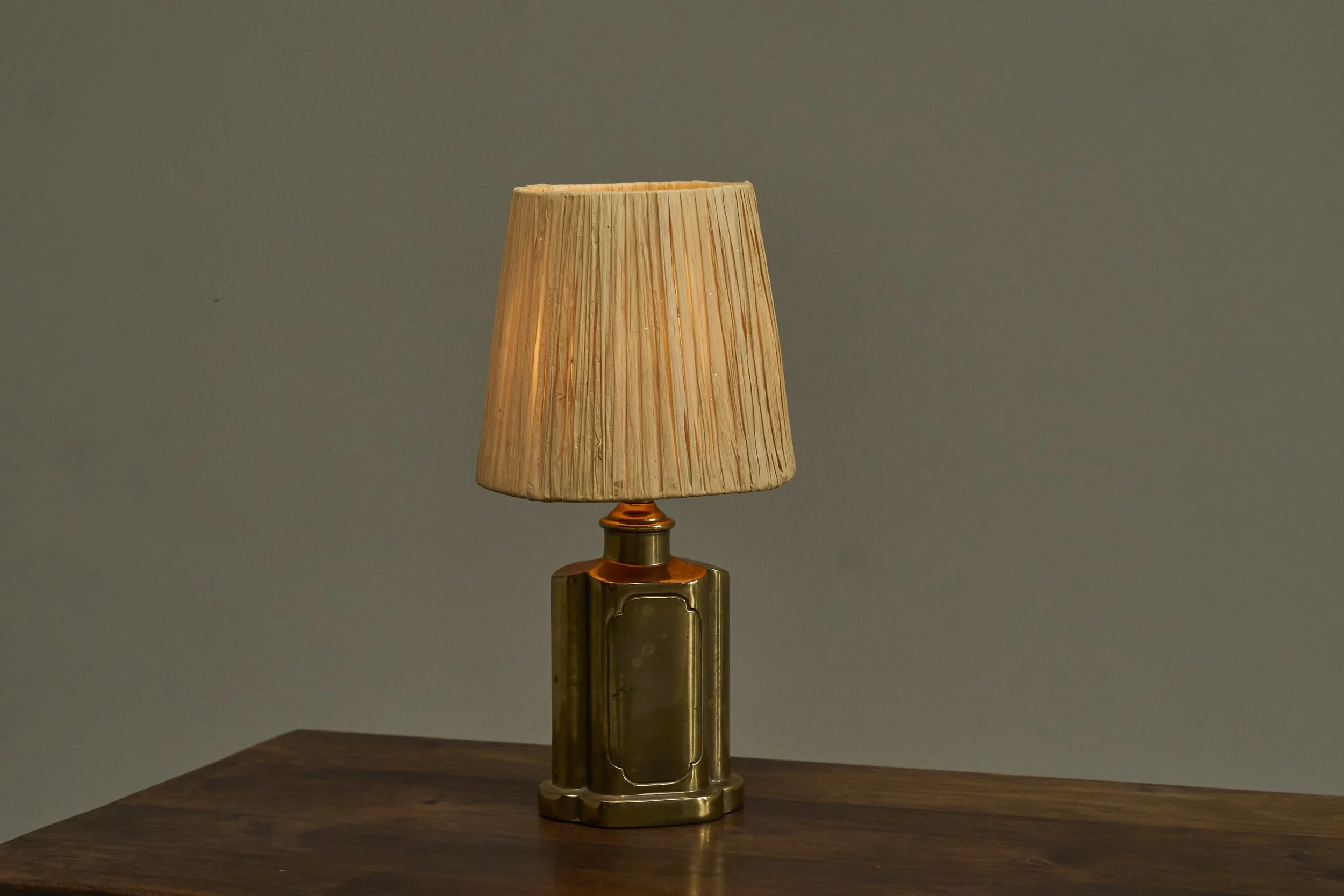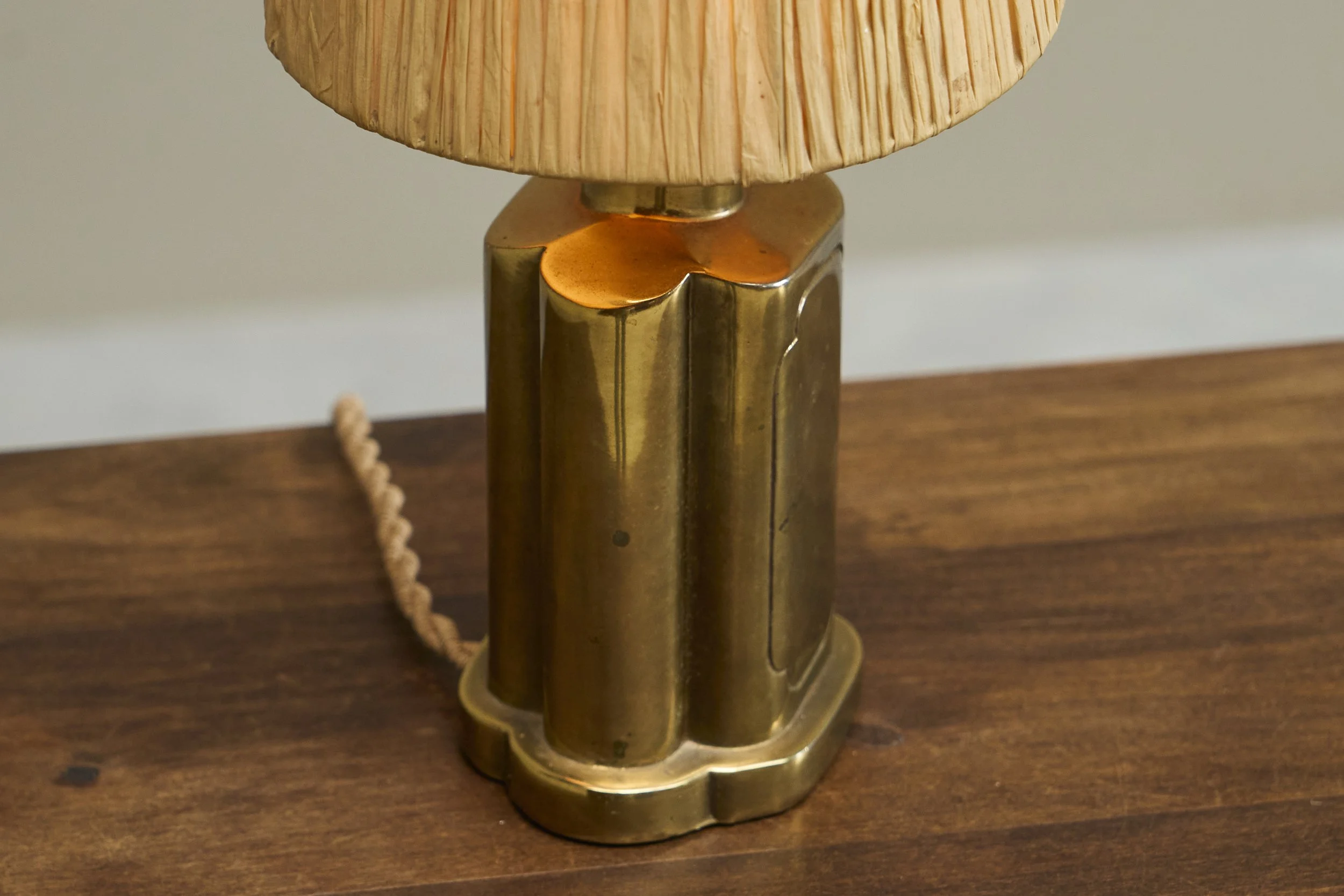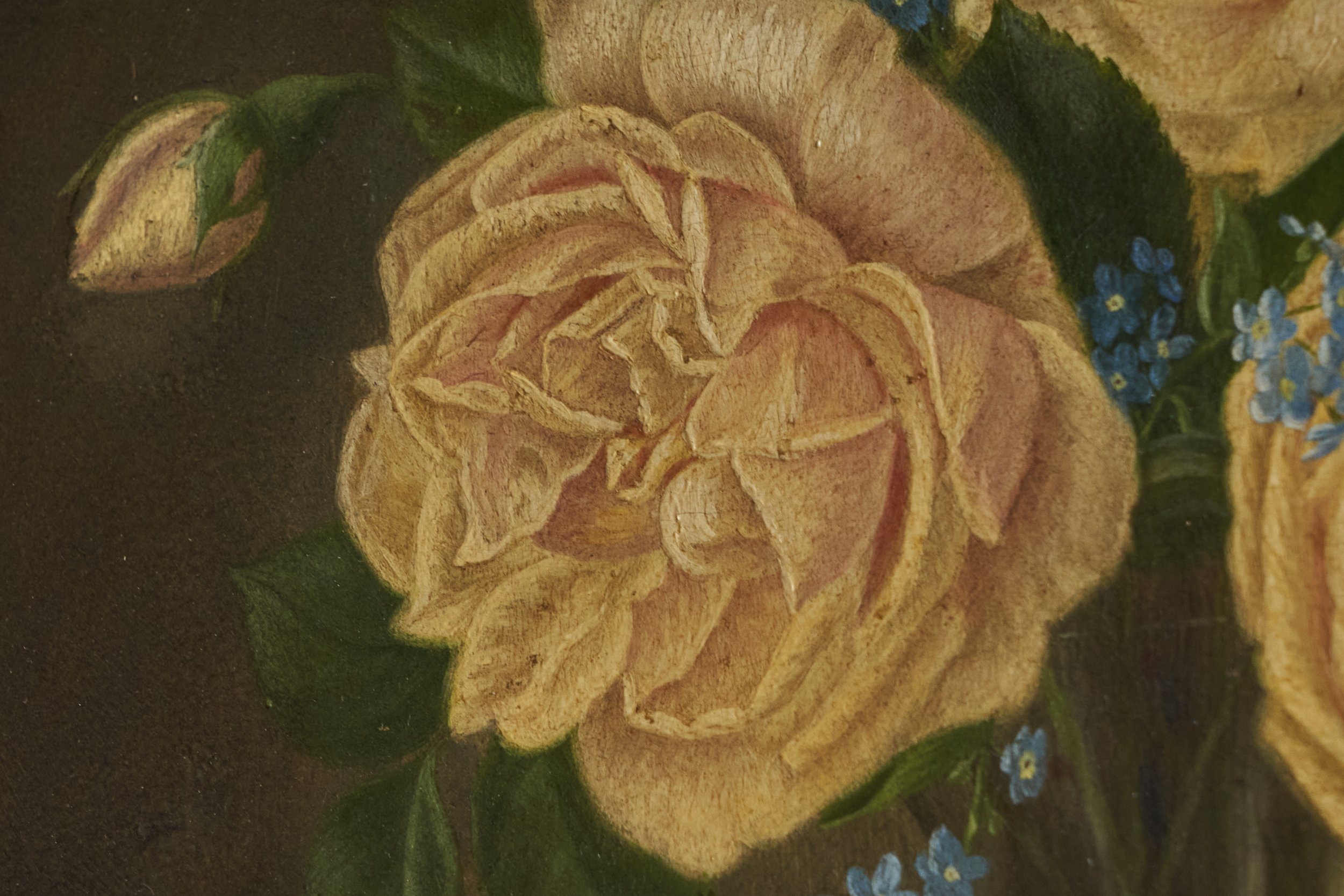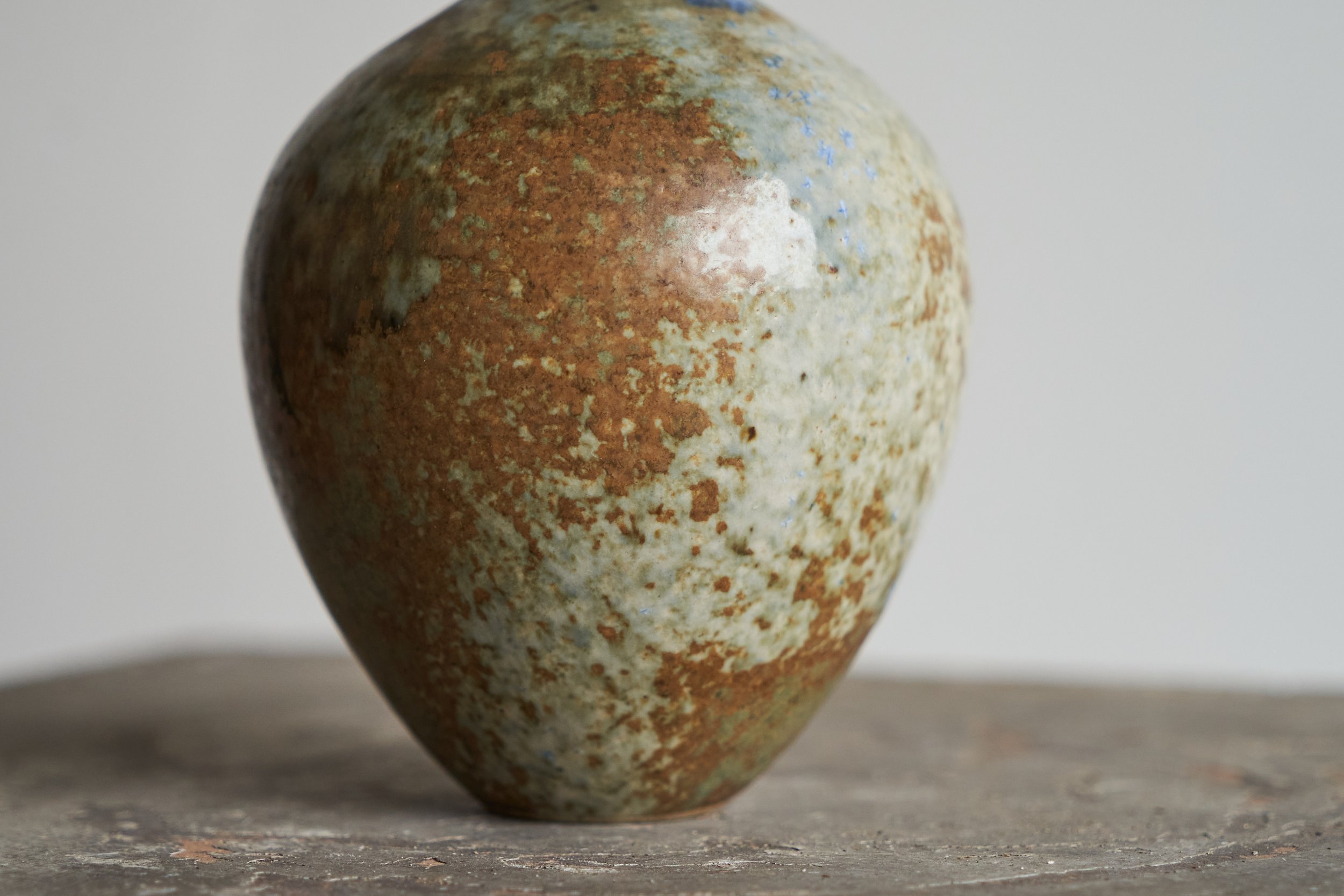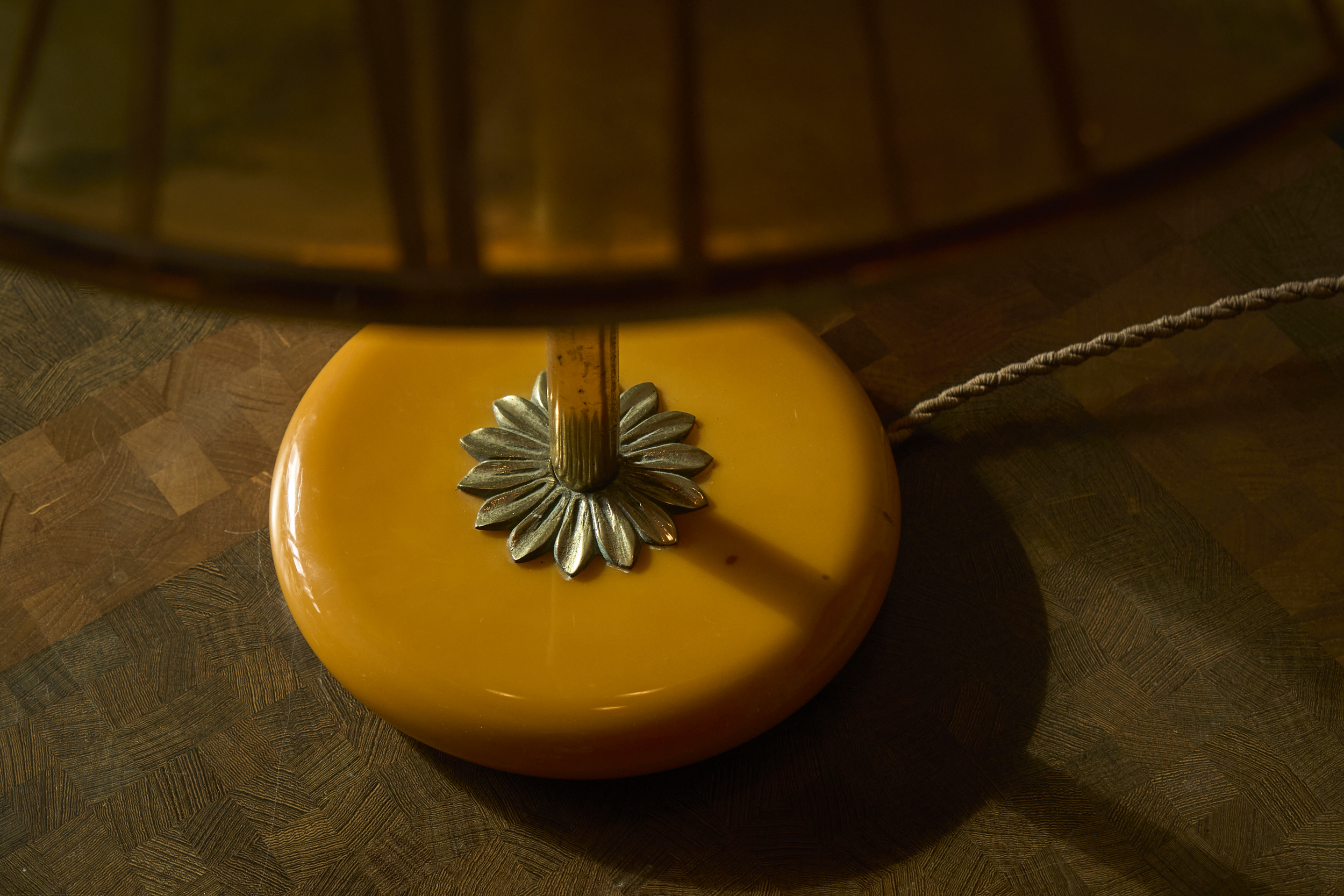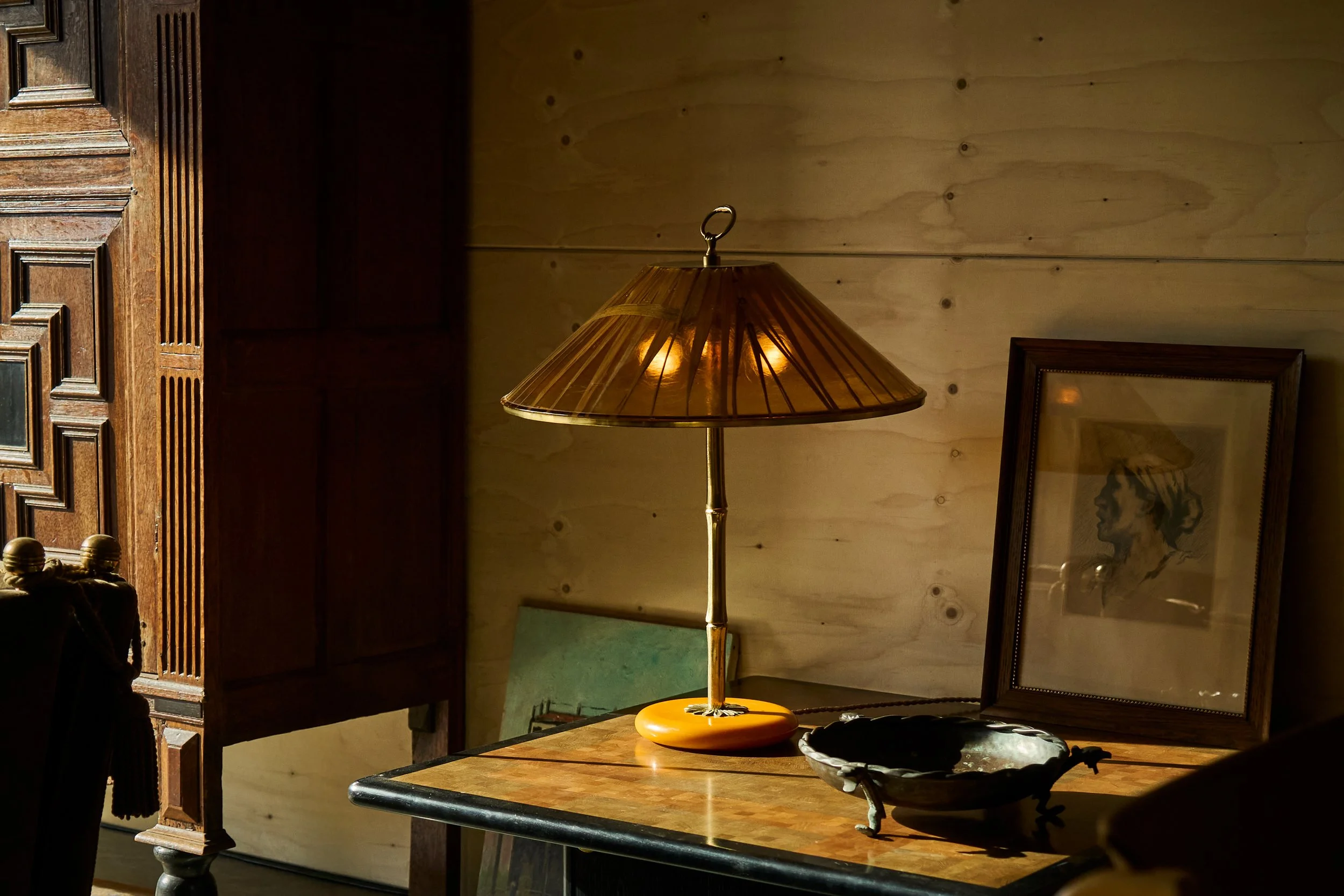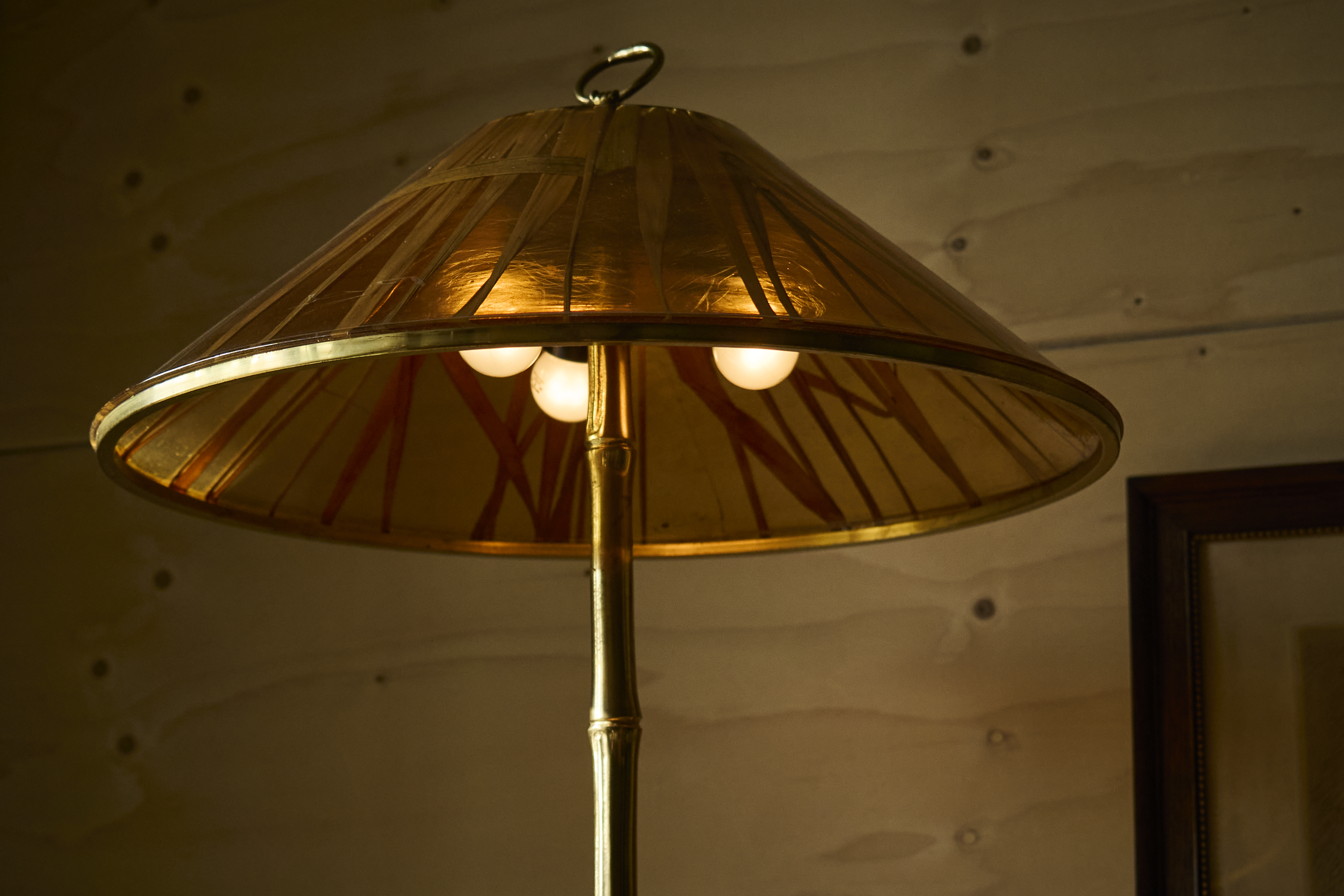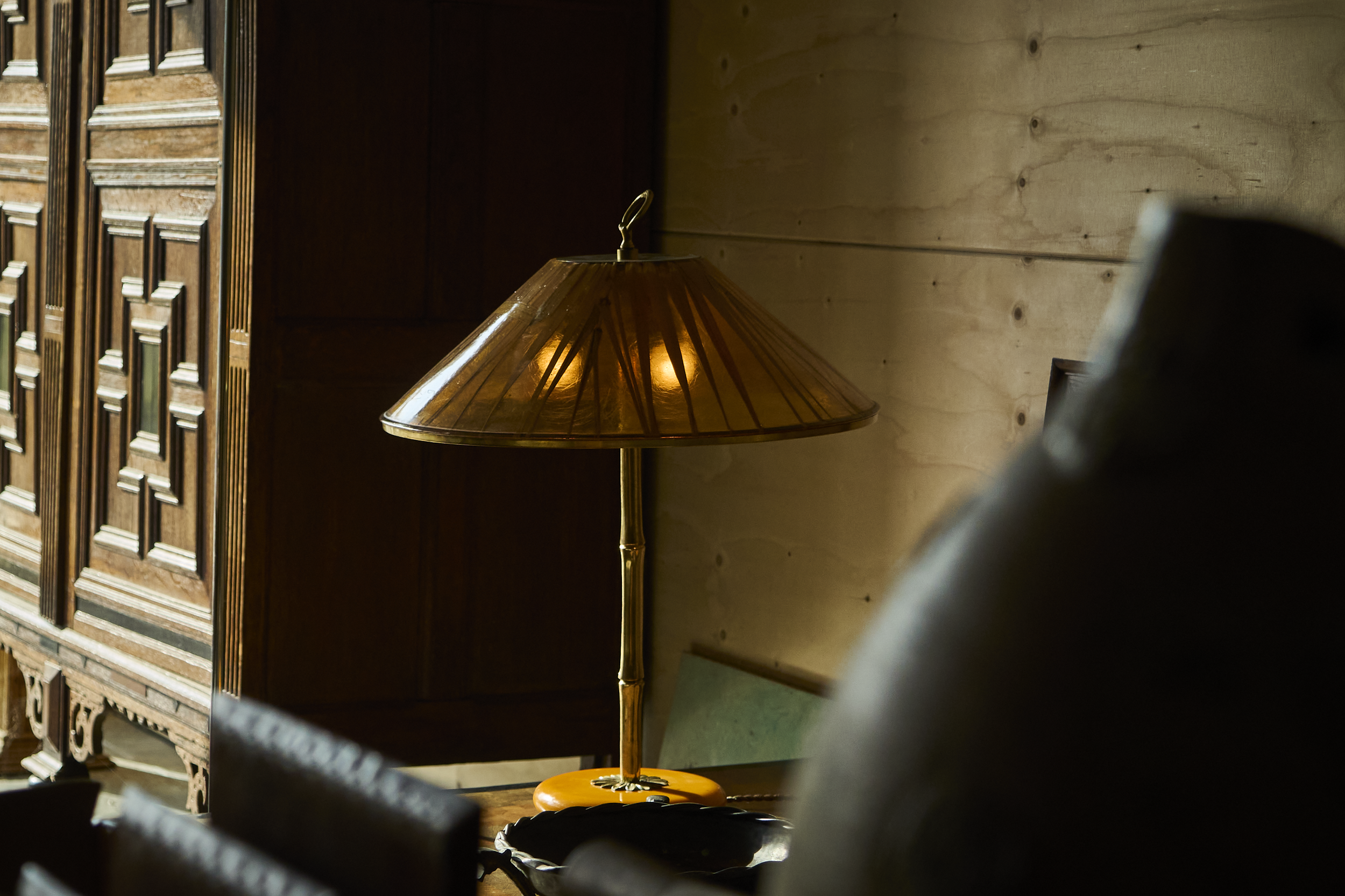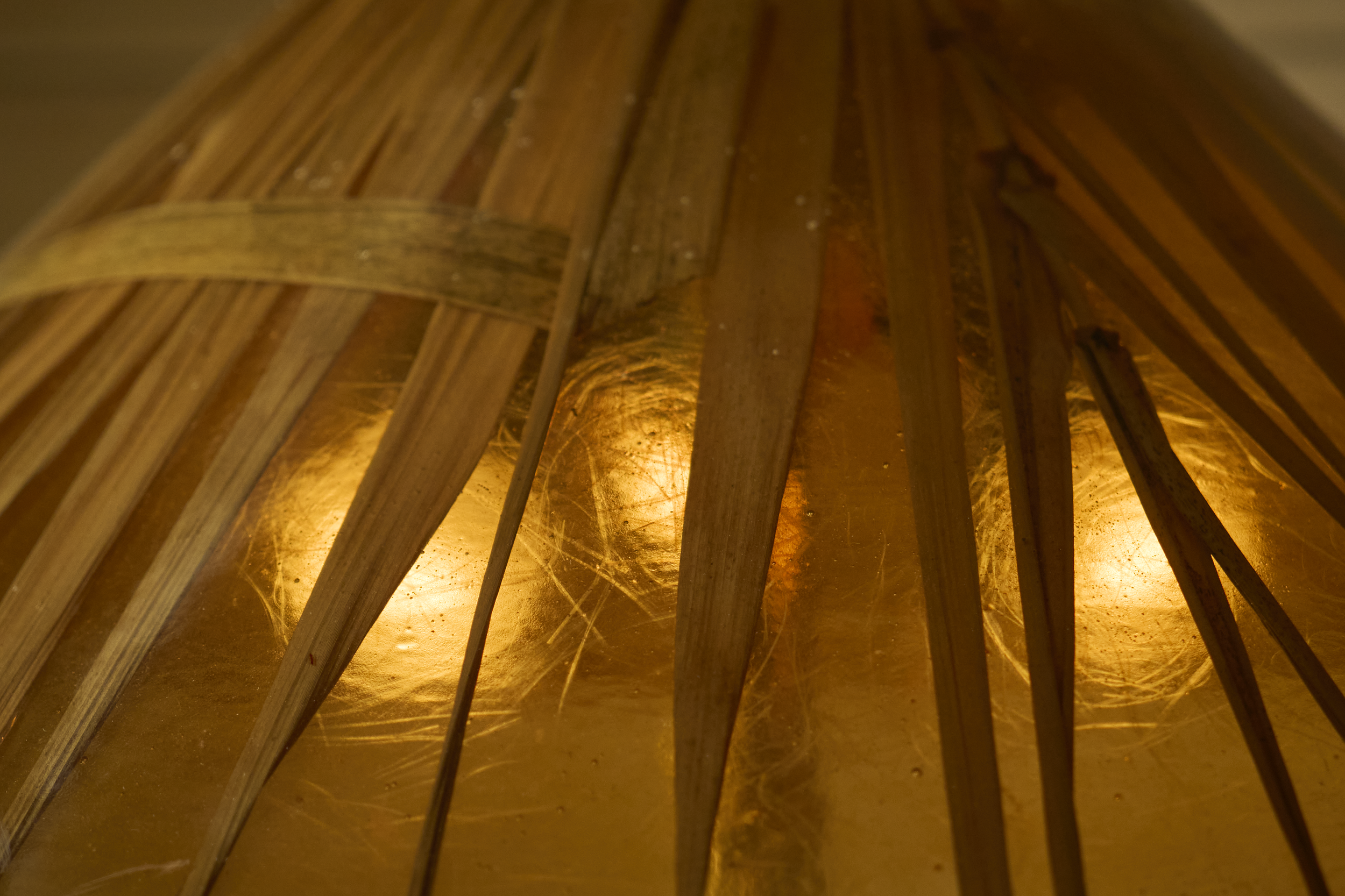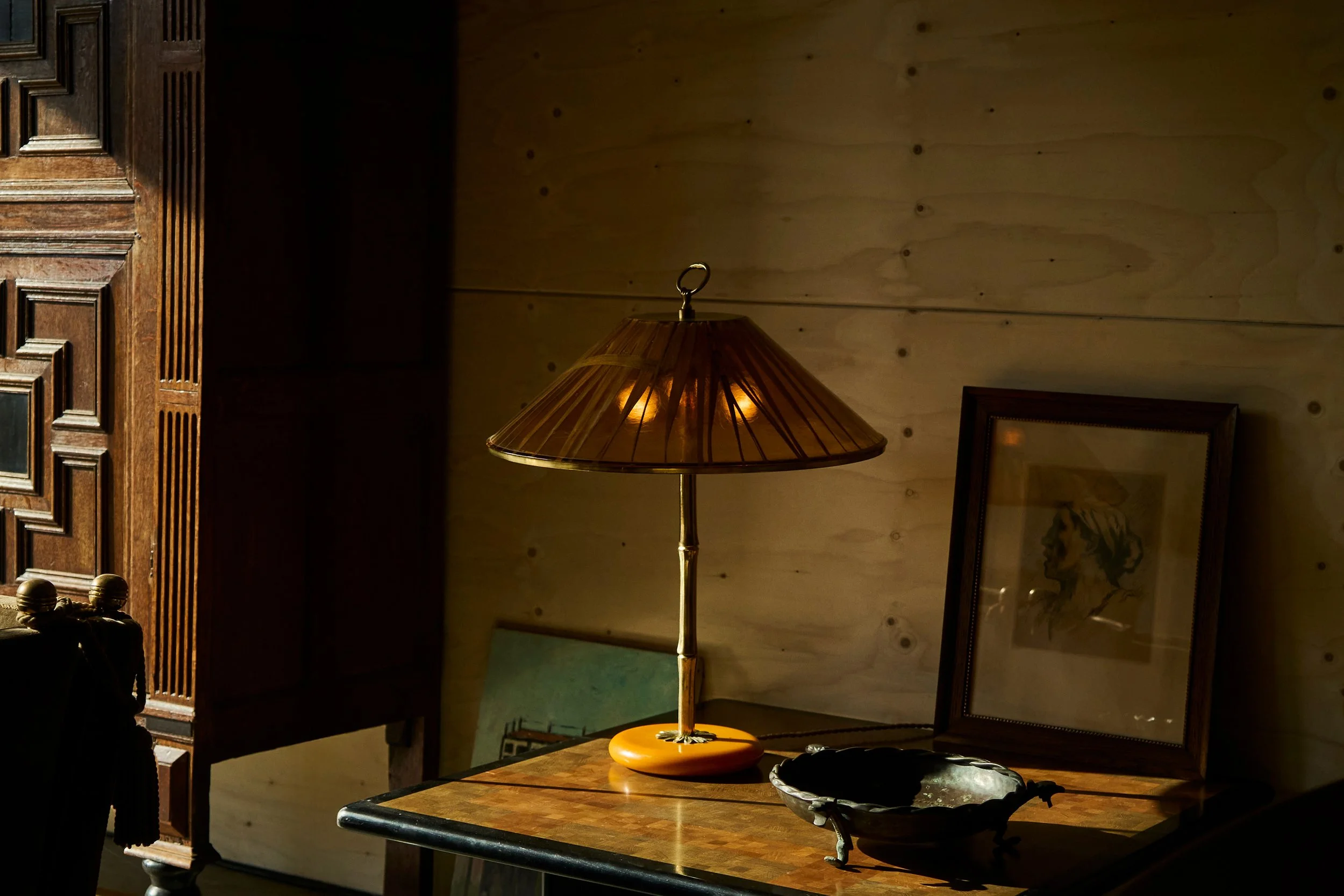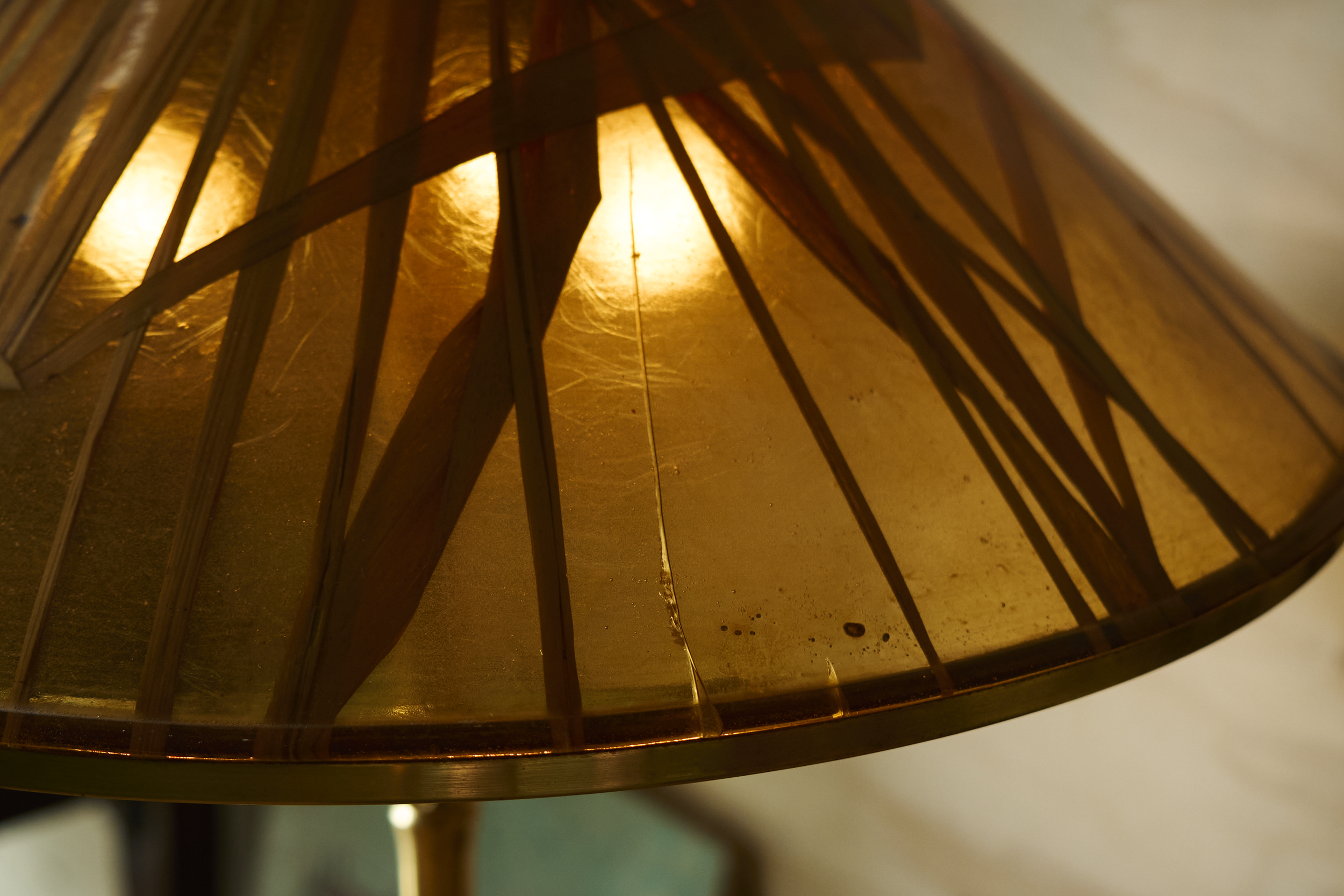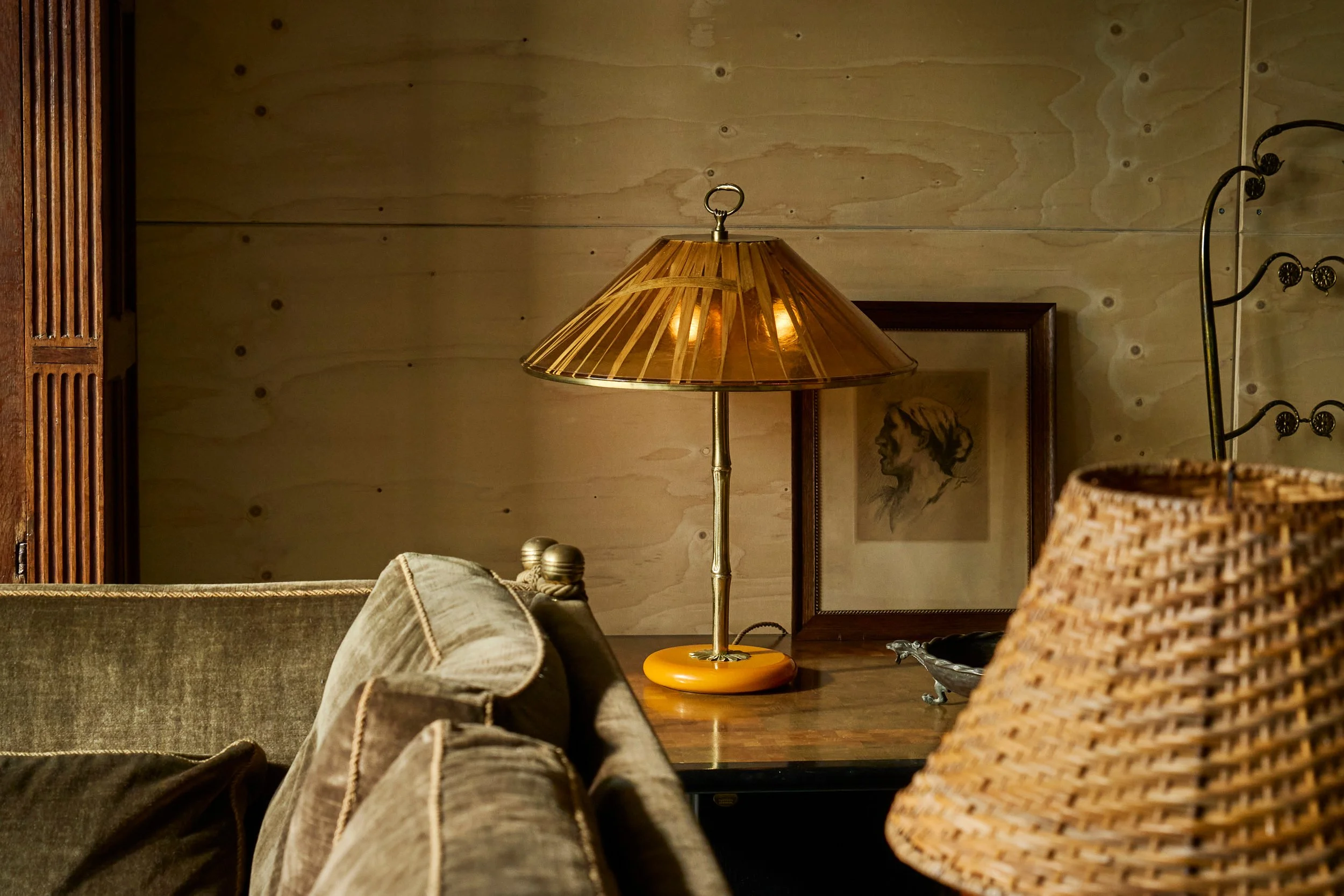 Image 1 of 19
Image 1 of 19

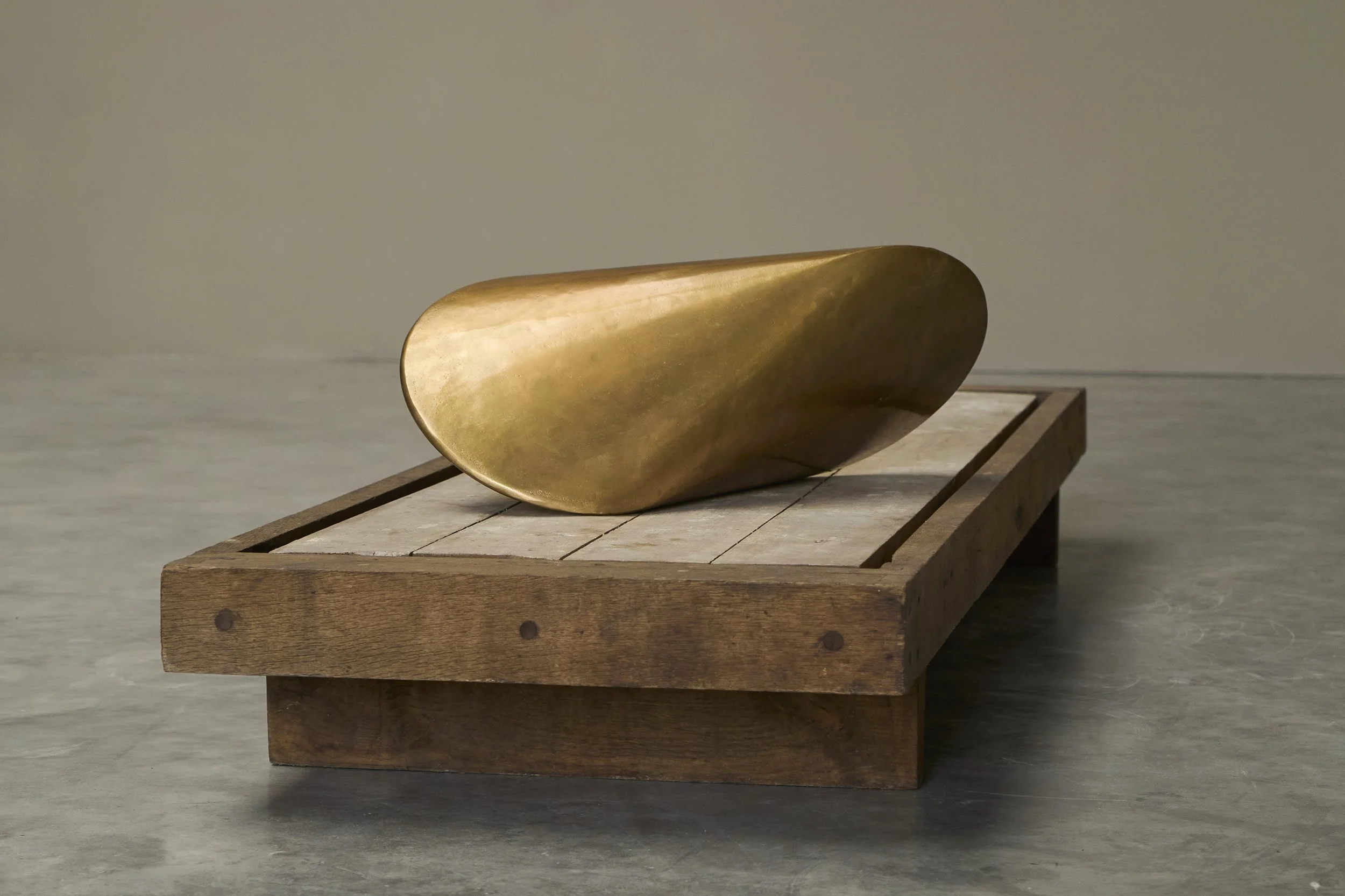 Image 2 of 19
Image 2 of 19

 Image 3 of 19
Image 3 of 19

 Image 4 of 19
Image 4 of 19

 Image 5 of 19
Image 5 of 19

 Image 6 of 19
Image 6 of 19

 Image 7 of 19
Image 7 of 19

 Image 8 of 19
Image 8 of 19

 Image 9 of 19
Image 9 of 19

 Image 10 of 19
Image 10 of 19

 Image 11 of 19
Image 11 of 19

 Image 12 of 19
Image 12 of 19

 Image 13 of 19
Image 13 of 19

 Image 14 of 19
Image 14 of 19

 Image 15 of 19
Image 15 of 19

 Image 16 of 19
Image 16 of 19

 Image 17 of 19
Image 17 of 19

 Image 18 of 19
Image 18 of 19

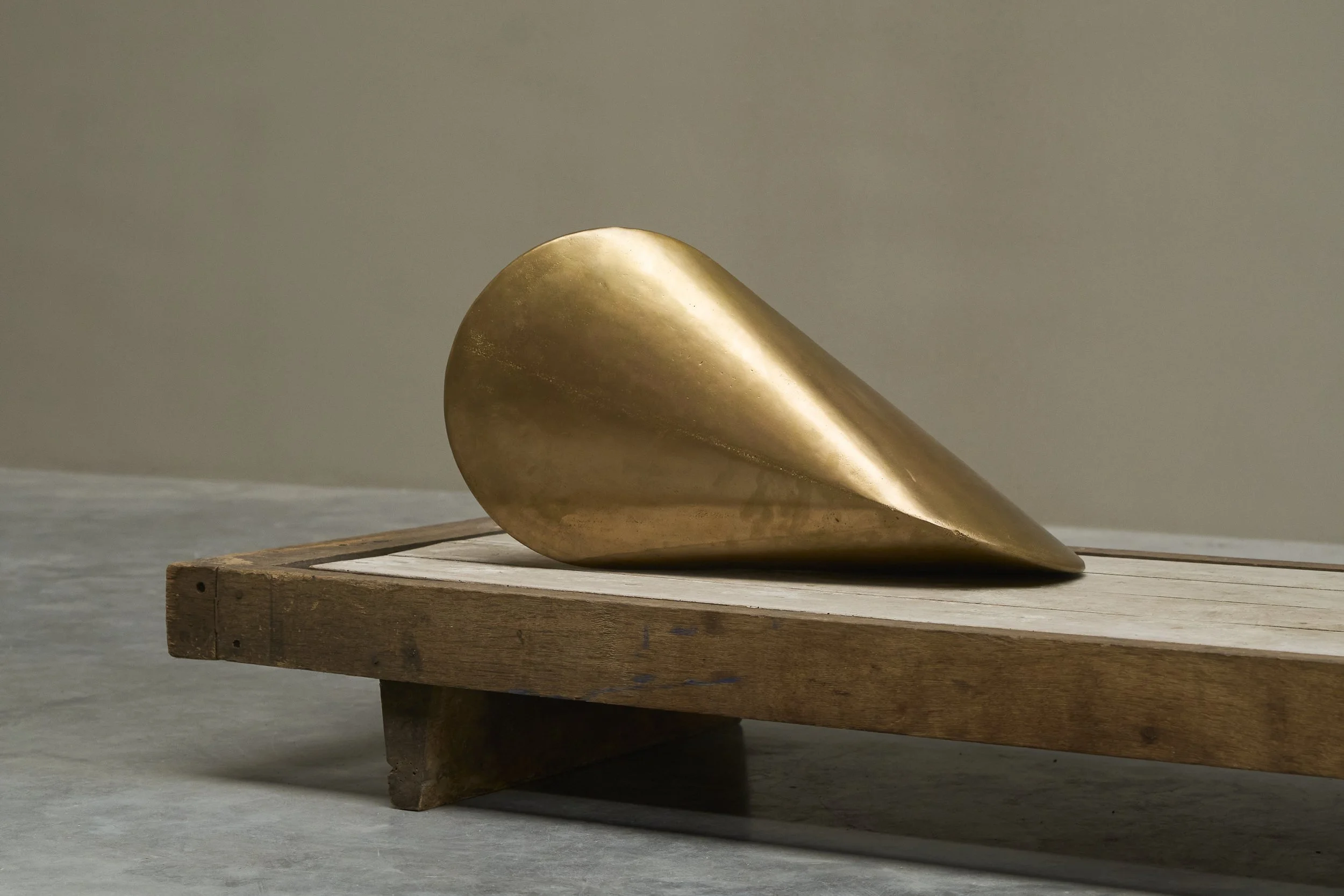 Image 19 of 19
Image 19 of 19




















Large Geometrical Sculpture in Sand Cast Brass
A large and unique geometrical ‘oloid’ sculpture in patinated sand cast brass.
The oloid is one of those rare geometrical forms that feels both engineered and organic. Created by the sculptor and inventor Paul Schatz in the early 20th century, the oloid became a study of how geometry can behave when released from static form. Schatz was fascinated by the possibilities of simple shapes, and the oloid is one of his most elegant findings - a form that reconciles symmetry with surprise, precision with a kind of soft, unexpected grace.
The shape consists out of two identical circles set at right angles, connected through straight lines. From that simple arrangement, a surface emerges that is entirely curved and entirely continuous. What makes the oloid compelling is how its identity unfolds only when it’s allowed to move. Placed on a flat surface, it doesn’t roll like a sphere. Instead, it travels with a subtle rocking rhythm, shifting its weight from one arc to another.
Despite its mathematical origins, the oloid feels strangely organic. It looks almost like a polished river stone, yet far more deliberate. This remarkable shape cannot be found anywhere in nature, which is partially why it is so striking to the human eye. It shows that geometry is not only a science of structures but also a poetic language that tells about how shapes negotiate with the world around them.
The manually finished surface shows its distinctive imperfections that show the 4000-year-old sand casting method. Sand casting is a casting process characterized by using sand as the mould material. The sculpture is hollow, therefore it is lighter than it might appear.
It can be placed both indoors and outdoors to complement any interior or garden. The untreated brass has gained and will continue to gain a beautiful patina over time.
Dimensions: W. 59 x D. 31 x H. 31 cm
A large and unique geometrical ‘oloid’ sculpture in patinated sand cast brass.
The oloid is one of those rare geometrical forms that feels both engineered and organic. Created by the sculptor and inventor Paul Schatz in the early 20th century, the oloid became a study of how geometry can behave when released from static form. Schatz was fascinated by the possibilities of simple shapes, and the oloid is one of his most elegant findings - a form that reconciles symmetry with surprise, precision with a kind of soft, unexpected grace.
The shape consists out of two identical circles set at right angles, connected through straight lines. From that simple arrangement, a surface emerges that is entirely curved and entirely continuous. What makes the oloid compelling is how its identity unfolds only when it’s allowed to move. Placed on a flat surface, it doesn’t roll like a sphere. Instead, it travels with a subtle rocking rhythm, shifting its weight from one arc to another.
Despite its mathematical origins, the oloid feels strangely organic. It looks almost like a polished river stone, yet far more deliberate. This remarkable shape cannot be found anywhere in nature, which is partially why it is so striking to the human eye. It shows that geometry is not only a science of structures but also a poetic language that tells about how shapes negotiate with the world around them.
The manually finished surface shows its distinctive imperfections that show the 4000-year-old sand casting method. Sand casting is a casting process characterized by using sand as the mould material. The sculpture is hollow, therefore it is lighter than it might appear.
It can be placed both indoors and outdoors to complement any interior or garden. The untreated brass has gained and will continue to gain a beautiful patina over time.
Dimensions: W. 59 x D. 31 x H. 31 cm

